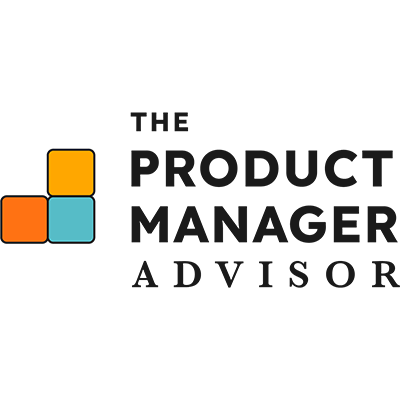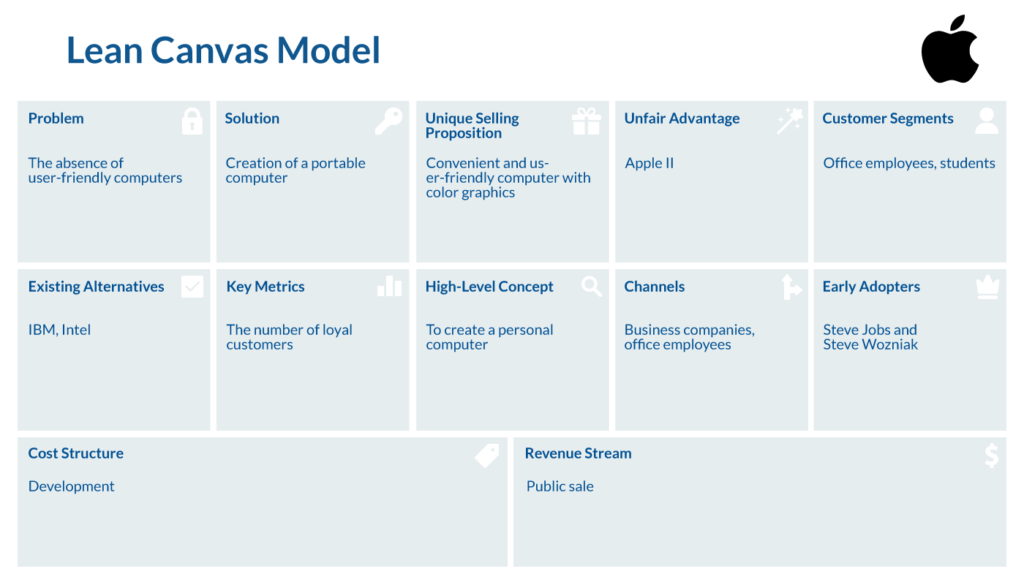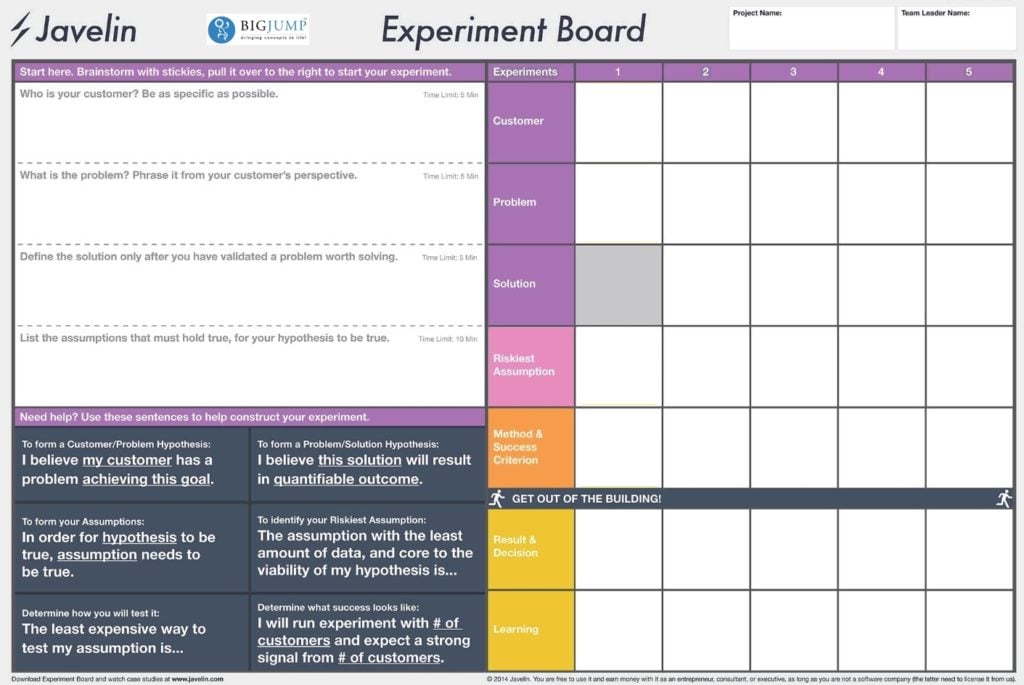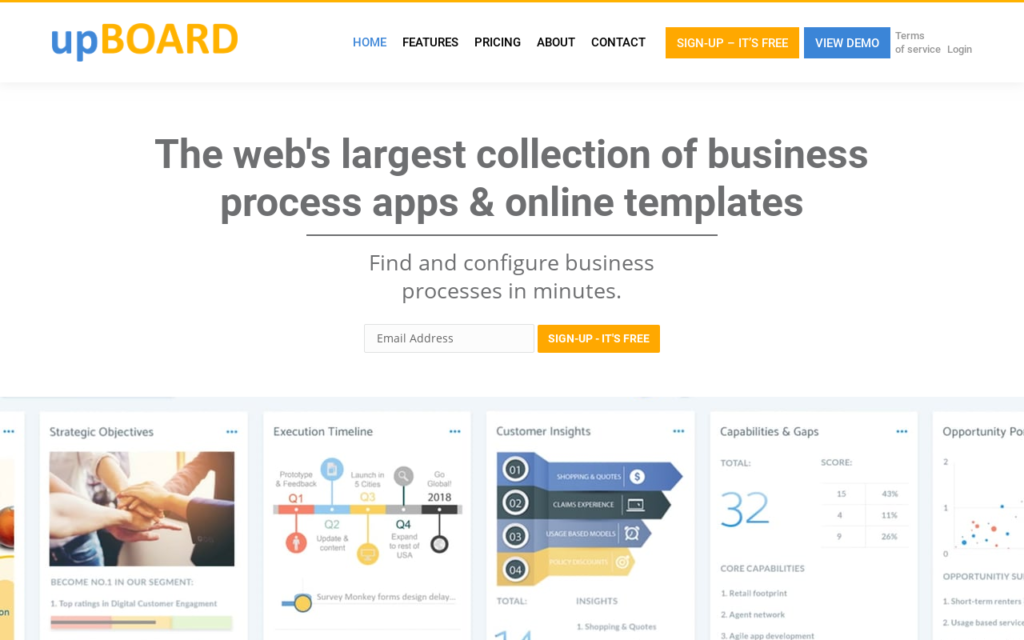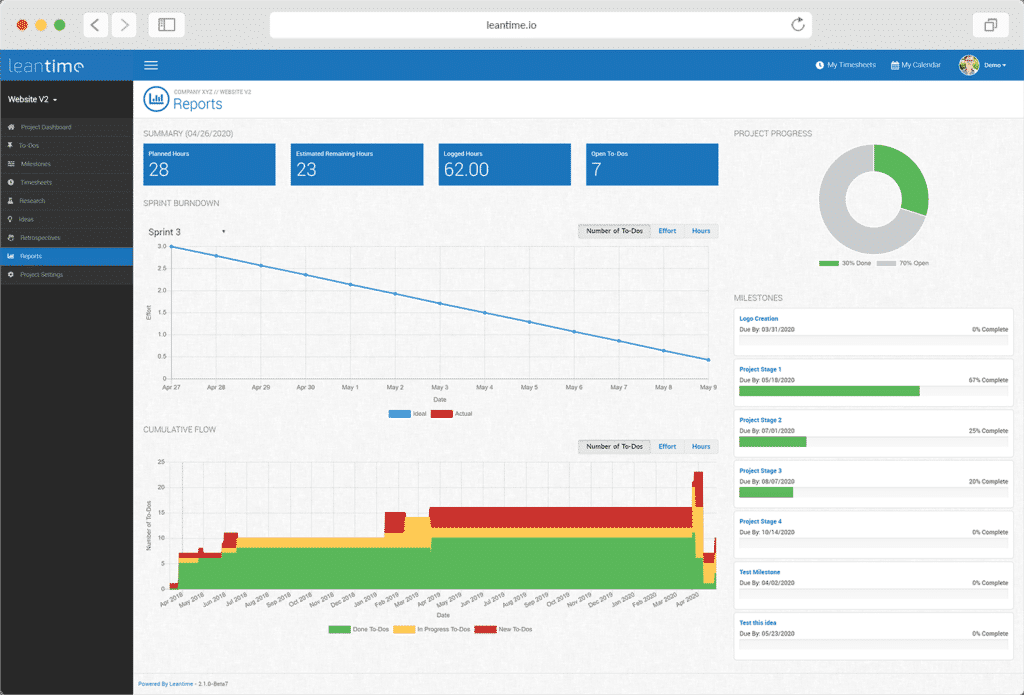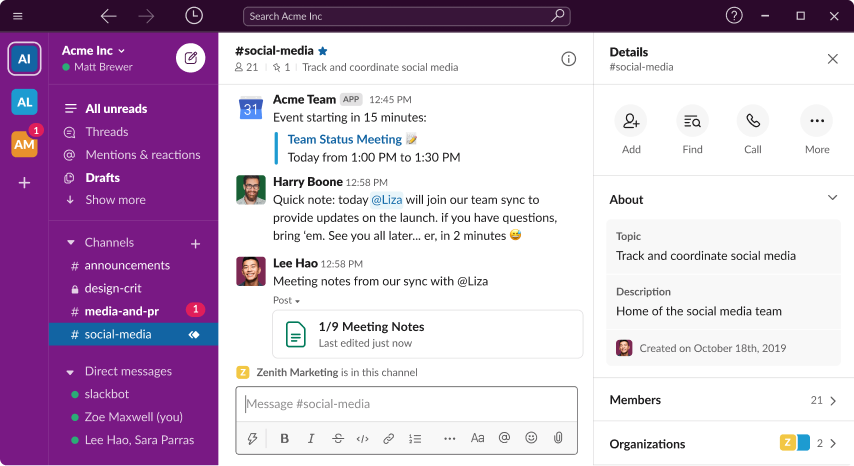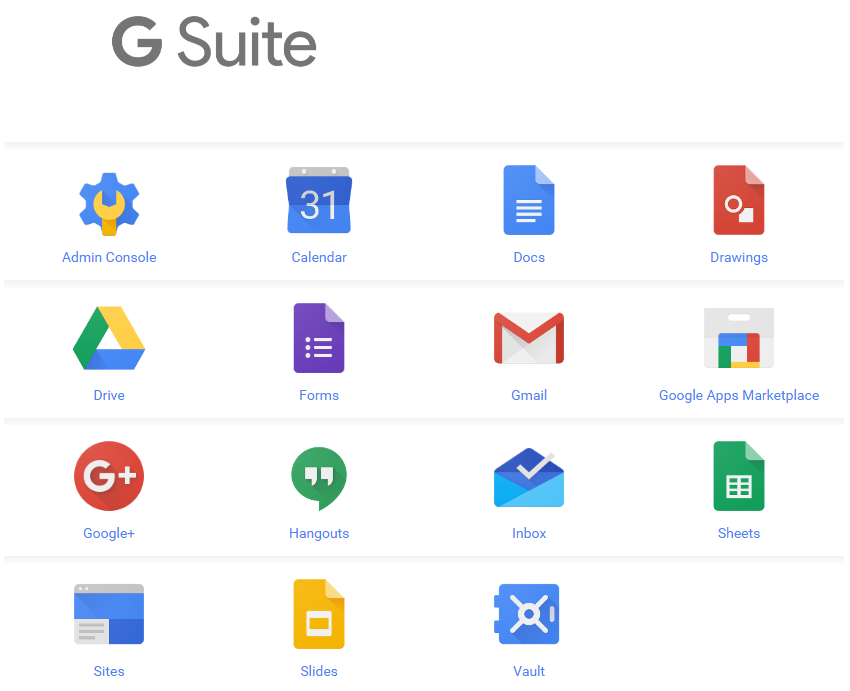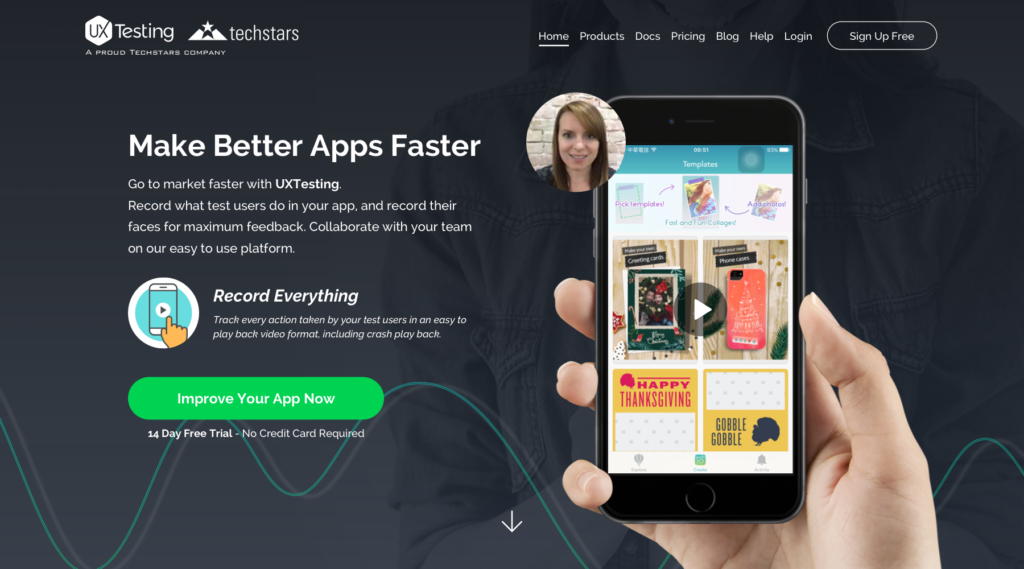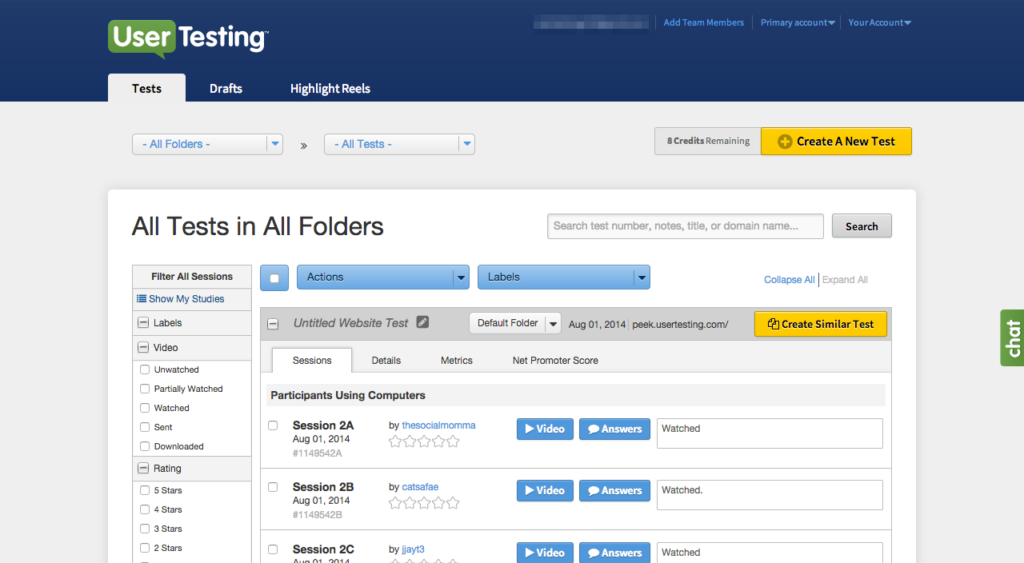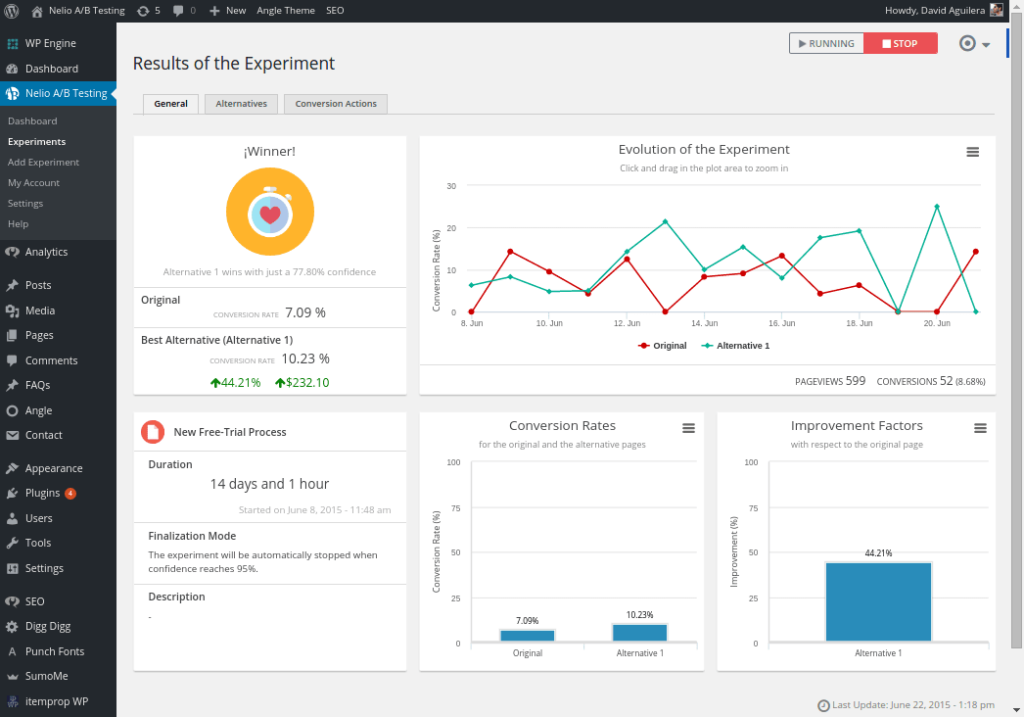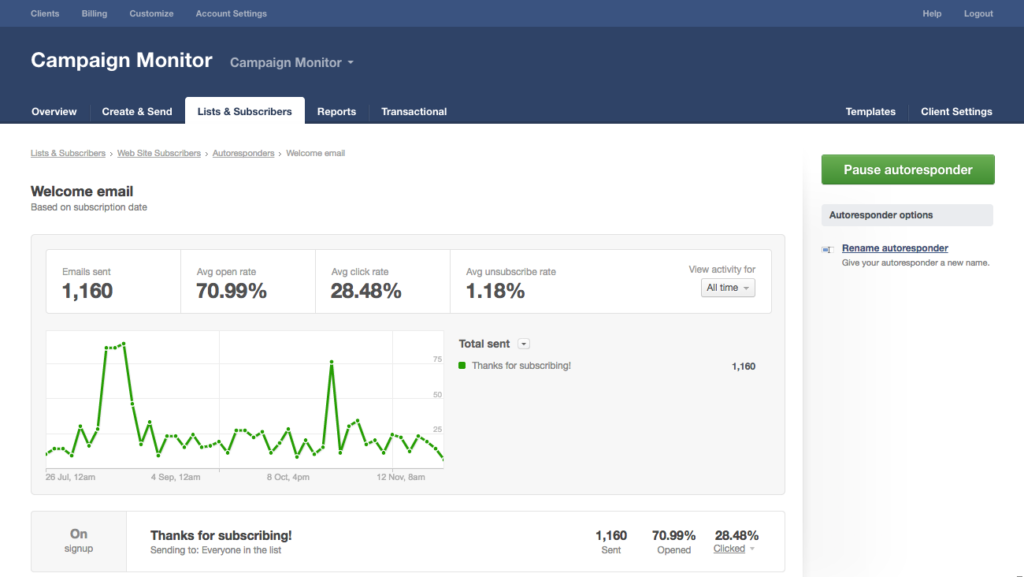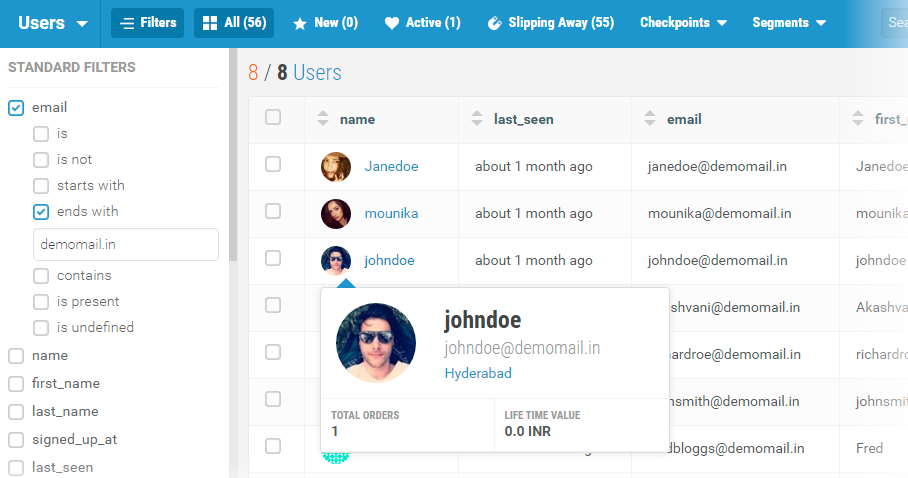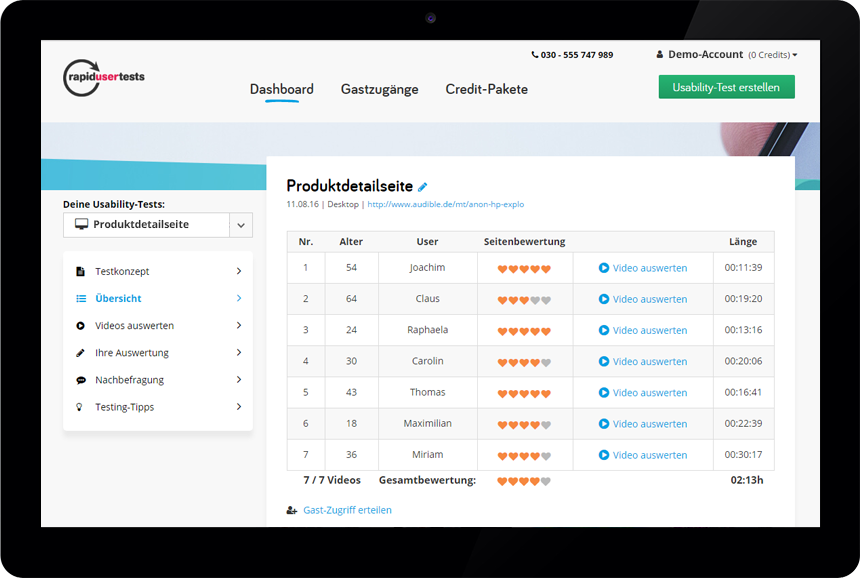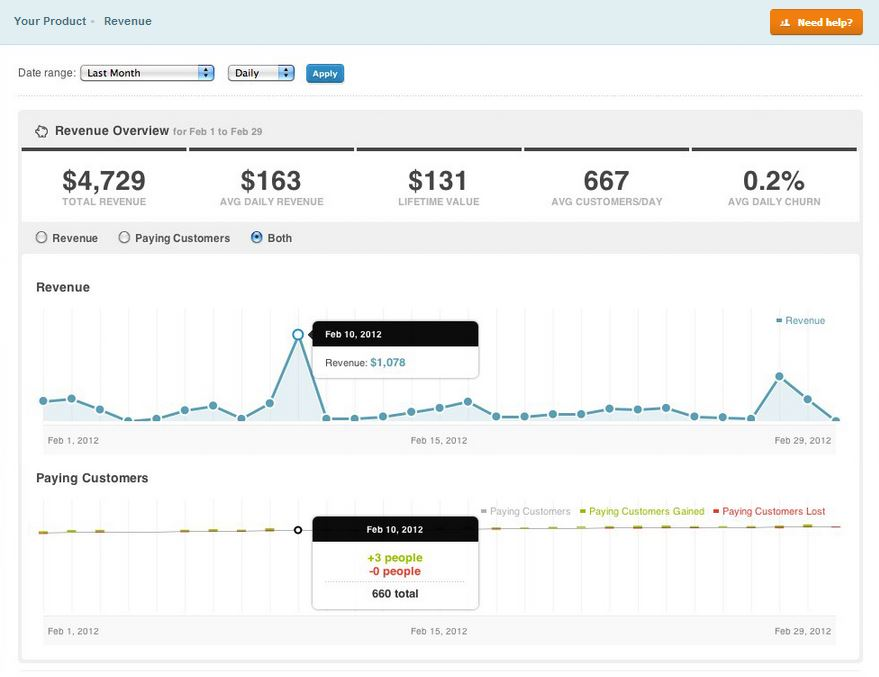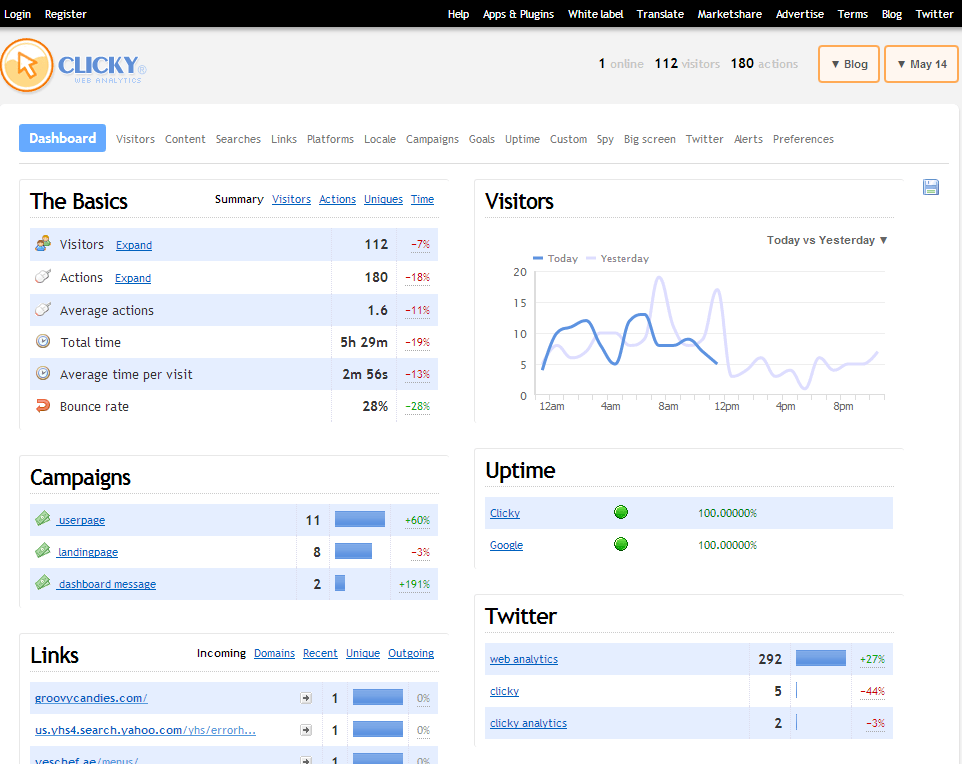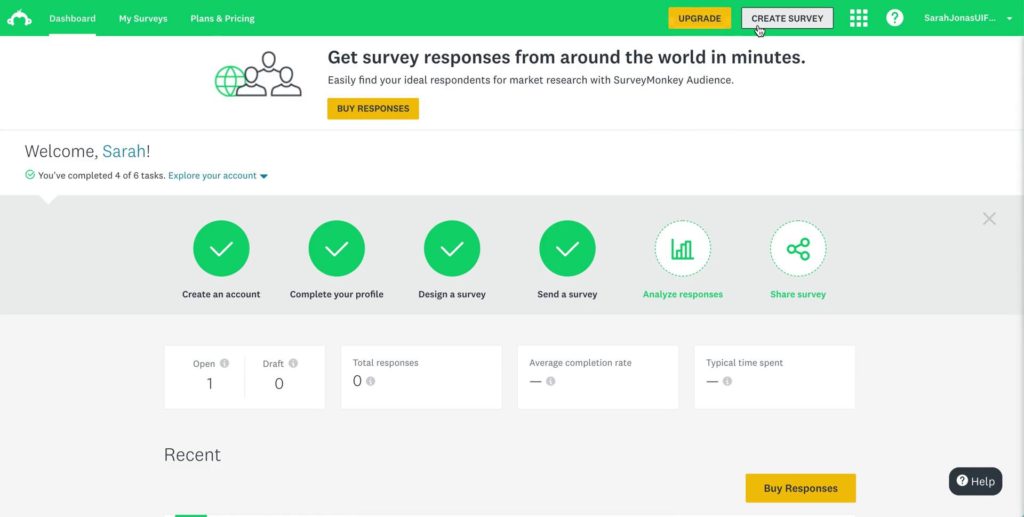In the 1930s, the Japanese carmaker, Toyota, introduced an idea called “The Toyota Way” (The Toyota Production System, TPS). Through this idea, Toyota says that it has been able to consistently make the “highest-quality cars with the fewest defects of any competing manufacturer while using fewer man-hours, less on-hand inventory, and half the floor space of its competitors” (Source).
About a quarter of a century later, John Krafcik would borrow from this idea and introduce the word “lean” in the context of product development. In 1996, Daniel T Jones and Dr. James P Womack attempted to define the term “lean” in their book entitled Lean Thinking.
Jones and Womack suggest that the lean concept involves five tasks: defining value, mapping the value stream, creating flow, establishing pull, and pursuing perfection (Source). In the last decade or so, the lean concept has gained prominence in the startup arena. The lean startup methodology (LSM) has become the leading innovation in product development.
The publication of The Lean Startup by Eric Ries made the LSM technique famous by introducing the idea of the build-measure-learn feedback loop. According to Ries, “Lean isn’t simply about spending less money. Lean isn’t just about failing fast, failing cheap.” Then, what is it about? “It is about putting a process, a methodology around the development of a product” (Source).
For the product manager, this model presents an organized way of introducing products to the market without wasting resources.
This article starts by introducing the build-measure-learn cycle. It then looks at the three linked steps that this loop goes through. Finally, it identifies a list of tools that a product manager, who wants to embrace this model, can use. We have selected free or the cheapest (but effective) tools in the market that many managers may overlook.
Build-Measure-Learn Cycle
The build-measure-learn loop can be defined as a scientific approach for developing, testing, and obtaining feedback on the most efficient method of introducing a product. It can be seen as a method of ensuring that product managers do not waste massive amounts of time and money, creating and perfecting a product that will fail. Even though success can never be guaranteed, the model advises managers responsible for getting products into the market to go through the following steps:
Build
Product managers lead the process of figuring out or putting the problem that needs to be solved, into perspective. The development team then creates a version of the product, referred to as the ‘minimum viable product’ (MVP).
If the company is coming from a previous cycle, this stage may also mean implementing the lessons from that cycle. The main aim of the activity is to expand the idea as much as possible and then using it to create a product.
Measure
This stage involves testing the product. For some products, the testing could involve trials with model customers. In other instances, the testing could be done through prototype UX testing or using gathered data.
It’s vital to ensure that the measuring process produces data that can be analyzed. From this data, trends and themes have to be identified so that the insights obtained can be used in the learning stage.
Related Read: A Guide To Product Analytics: Benefits, Metrics & Why It Matters
Learn
Depending on the data collected, product managers can then lead their teams in making inch-by-inch alterations to meet customer requirements. The learning process also informs the organization whether it needs to keep improving the product (persevere) or change the direction entirely or partially (pivot).
While this list may make this stage look like the last, the idea of a loop means that the process goes back to the beginning. Whether you are pivoting or persevering, your actions in the next circle will depend on the lessons you learned from the last.
The Product Manager is reader-supported. We may earn a commission when you click through links on our site — learn more about how we aim to stay transparent.
Useful Tools for Startup Product Managers Implementing LSM
Product managers who want to follow the LSM model require several tools through each of the three stages. We have identified tools for each stage of the loop:
The Build Phase
In the building stage, the product manager is looking for tools to brainstorm, record ideas, create hypotheses and a version of the product, and start preparing for the measuring process.
1. Lean Canvas
According to the makers of Lean Canvas, this product management tool is a simple 1-page template that assists in decomposing an idea into its main assumptions. They note that this takes away the need for intricate business plans, which tend to take too long to write, are not usually updated, and are rarely read by anyone.
2. Javelin Experiment Board
The Javelin Experiment Board is a visual board that helps teams rapidly develop ideas through experimentation. It helps product teams quickly define the customer, create hypotheses and assumptions they can test, determine, and define experimentation methods, and brainstorm cost-effective ways of accomplishing the project to achieve their product vision.
3. upBOARD.io
upBOARD provides product teams with what it calls “a completely online process, tools, and dashboard for tracking progress.” Otherwise, you can “design your own Command Center for team collaboration using hundreds of business process templates.”
For a product manager in the build phase, some useful features in this product management tool include the implements for building business strategy to make the best product decisions, managing innovation and driving toward the product vision, and dashboards for product analytics.
4. QuickMVP

QuickMVP promises to provide every innovative product team with a method of testing their product strategy and validating ideas "without wasting time or money." It can test the potential demand for the ideas, identify the most viable opportunities, and collect and store customer feedback in one central location.
5. Leantime.io
Leantime.io is an open-source project management tool that provides every product leader with idea management, task management, strategy development, and product roadmap and product planning capabilities for product success.
This is one of the best tools for startup product managers because it provides a lean canvas for them to brainstorm and develop ideas into strategies with their product teams. It also provides the capability for long-term planning.
6. Intercom
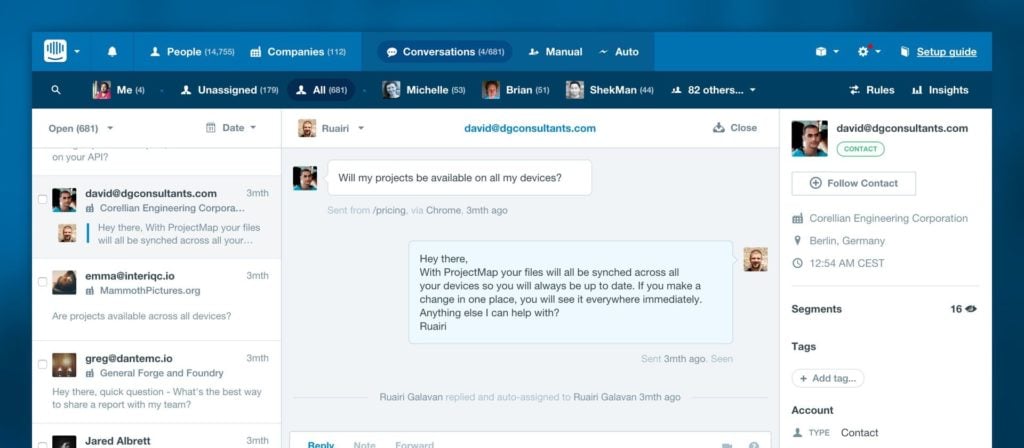
Intercom calls itself the number one “Business Messenger for you and your customers.” Apart from providing a place where you can communicate with potential and real clients, the service comes with an instrument called Product Tours. It assists with onboarding users, emphasizing new features in a product, and providing customers with intuitive guidance on how to use your product.
7. Trello
One feature that makes Trello a useful project management tool for implementing the LSM technique is that it is free (with certain restrictions). This is a task management tool for a project in its early stages because the name Trello originates from the word "trellis," a code name for a project at its early stages.
Trello users create task boards using different columns, which they can call anything they want. All communication for a particular ticket happens within the ticket, ensuring that messages are not exchanged through emails. Users can also determine who follows a given project.
8. Slack
The build phase calls for much collaboration between members of a team. Slack provides what it calls “channels” so that “you and your team know where to go to ask questions, share updates, and stay in the loop.” This service allows you to share files, connect in a face-to-face call, and collaborate with partners. According to Slack, the service is already used by more than 750,000 companies.
9. Cost Calculator
Before starting a project or product development, it’s critical to understand what you are getting into from a resource perspective. It’s easy to under-estimate the startup costs of a project. This could culminate in the project failing because it has run out of funds. Where investors are involved, they are likely to become apprehensive when a product manager keeps coming back for more funds before producing results.
Some cost calculators come in the form of customized workbooks or pre-populated Google Sheets with expense categories to identify all the startup costs.
10. Mint
Mint promises to “bring together all of your accounts, bills, and more, so you can conveniently manage your finances from one dashboard.” The service makes it possible to create budgets and see the bills that need to be paid at a glance. It also sends reminders for upcoming bills and what needs to be prioritized when funds are low.
11. G Suite
Google’s G Suite provides a suite of web applications to boost collaboration and productivity within development teams. Key features include Gmail, its renowned email platform designed for businesses, video conferencing, and real-time cloud-backed collaboration.
12. Evernote

The building stage involves a constant stream of ideas. For this reason, a tool like Evernote that promises to make it possible for you to “take notes everywhere” seems useful. The tool also allows users to find information more rapidly and share it with everyone. Added to this, you can sign up for free.
The Measure Phase
At this stage, product managers focus on measuring the results and collecting metrics critical in determining exactly what the market needs and how it responds to the product created in the build stage.
13. UXTesting.io
The UXTesting platform claims that it is the “best User Experience partner trusted by designers and researchers for efficiency and cost-effectiveness.” It accomplishes this by providing a platform for UX testing and recruitment of global testers. The service has a chronological process which helps product managers:
- “Understand the objectives and products.”
- “Craft a holistic research plan based on your goals.”
- “Recruit target testers and prepare for the research session.”
- “Conduct user testing to collect qualitative and quantitative data.”
- Produce reports
14. Qualaroo
Qualaroo provides a tool for product managers to survey visitors on their app or website. The designers of this tool say that it is ten times more valuable than email surveys because it asks “the right question at the right time.” From the collected answers, the tool will use artificial intelligence (AI) to analyze the results and create reports.
15. UserTesting
The UserTesting tool makers say that they want to solve the challenge of organizations that believe they are customer-centric, while, in a real sense, their customers report that they aren’t. This tool promises real, accurate human insights for the product manager who wants to implement the build-measure-learn concept through alterations backed by real data. It says that this is accomplished by encouraging all teams to empathize with the customer.
16. A/B Testing Kit
A/B Testing (sometimes referred to as split-run testing or bucket testing) is a method for studying user experience. In simple terms, this method involves testing how users respond to two variants of the same variable.
Kissmetrics and HubSpot have combined to provide an A/B testing kit. Product development teams can use this kit to determine the variables to test, run, and evaluate their split tests, including tracking, organizing, and determining how to improve the tests.
17. Campaign Monitor
Campaign Monitor is an email marketing automation tool designed to facilitate communication with customers. Using drag and drop functionalities, users can create custom templates for emails with no coding required. This can be useful in the measure phase where product managers want as many people as possible to respond to their communication.
18. Interakt
Interakt describes itself as “a simple, aesthetic and effective customer engagement platform” that has worked in various fields like e-commerce, entertainment, and social networks. The service promises to help businesses create measurable objectives, put a plan in place, determine the channels where the audience lives, and measure results.
19. Rapid User Tests
With over 30,000 testers for specific groups, RapidUserTests allows product managers to test how user-friendly their products are. The main aim of conducting these tests is to determine what the users think so that products can be optimized based on the needs of the customer.
20. Ask Your Target Market
As the name suggests, Ask Your Target Market (AYTM) provides a solution for a product manager who wants to interact with their target market. According to AYTM, what makes this service suitable is its “targeting capabilities, delivery deadline guarantee, and access to over 60,000,000 respondents around the world.”
Learn Stage
At the learning stage, innovating teams use the information collected in the measure phase to make decisions. Thus, this is a stage that requires tools for analysis.
21. VerifyApp
Verify provides a platform where development teams can collect hundreds of points of feedback and actionable results from thousands of users on demand. The service promises speedy and actionable data points, making it an essential tool for understanding user expectations and reactions.
22. Google Analytics
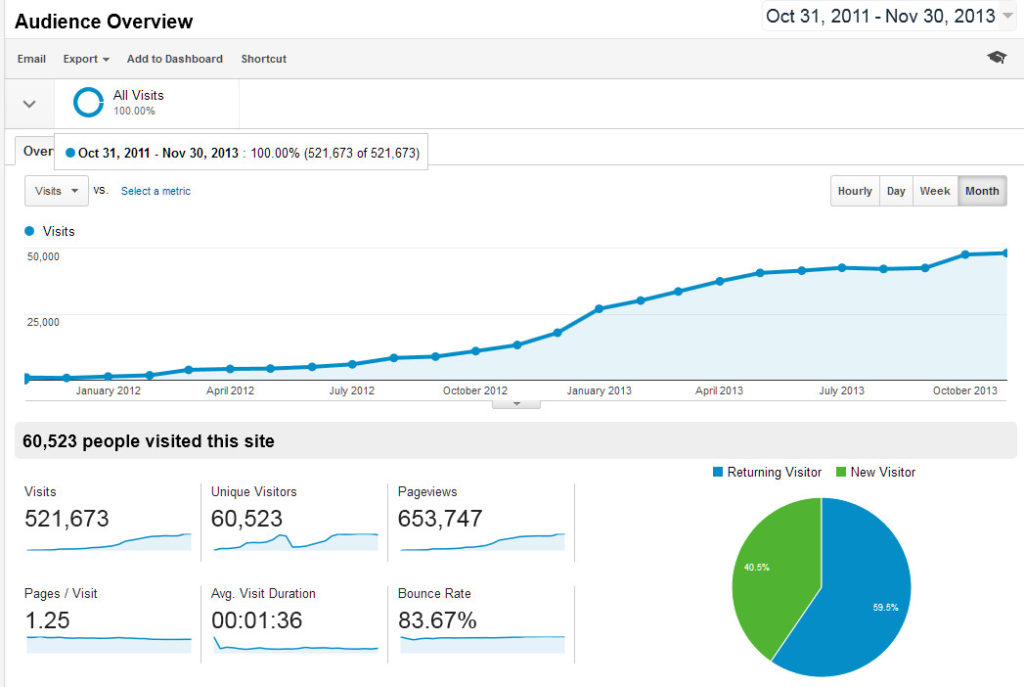
What makes Google Analytics a suitable tool for product managers who want to use the LSM approach is the availability of several free tools in the same place.
Users can gain access to insights that only Google can provide through its machine- learning capabilities and the vast data it collects. This can be crucial in accelerating the development cycle and making better and faster decisions.
23. Kissmetrics
Kissmetrics calls itself “the best tool for product and marketing teams.” For Software as a Service (SAAS), Kissmetrics promises benefits, such as reduced churn, turning trials into paying customers, and generating more money per client. For e-commerce, the service promises benefits like increasing new and repeat purchases, optimizing the checkout funnel, and generating reports on subscription revenue.
24. Heap
Heap specializes in building digital products. For product managers, the service promises a structured process that helps managers “understand their users, make data-driven decisions, and craft delightful digital experiences.”
The developers of Heap note that they are driven by a realization that data has no value if it doesn’t lead to decisions. They say that this tool “tells you how people use your product, where users get stuck, what features they love, and what features they don’t” (Source)
25. Clicky
Clicky is a tool that helps product managers “monitor, analyze, and react to their traffic in real-time.” The tool claims that it assists teams to see all visitors and what exactly they did when they visited a website. It provides heatmaps and tells you when your site is offline to help you sort things fast.
26. SurveyMonkey
As a tool that concentrates on surveys, SurveyMonkey makes it possible to get real-time feedback to improve services. Apart from concentrating on the customer, it also collects data about the preferences of people working in your teams. Its market research arm provides a tool to help managers know what the competition is up to.
27. Hootsuite
For modern organizations, social networks have become a goldmine of information and data. Hootsuite provides a platform where product managers can manage their social campaigns. The tool makes it possible to schedule content, post it at the most effective times, and see how effective each campaign is. It also provides learning opportunities by engaging with customers in both private and public social channels.
28. Chameleon

Chameleon is a great all-in-one suite to manage in-product engagement. Companies use it to give users product onboarding tours, provide feature tutorials, help users adopt new features, launch in-product widgets, get feedback from users, and deliver in-line prompts that help users navigate their product.

